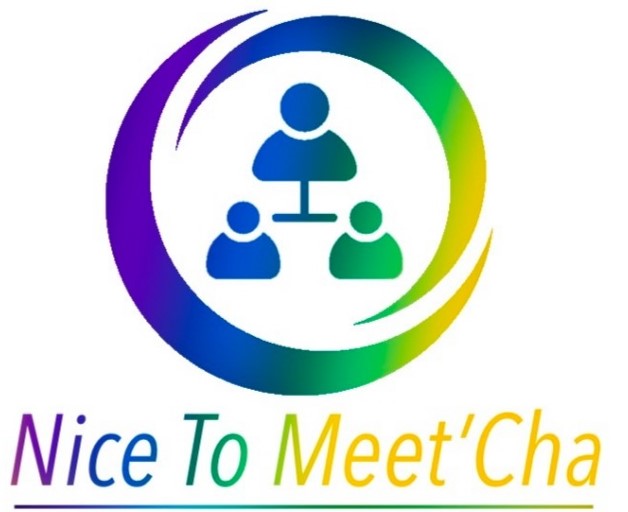The Employee Handbook is an essential communication tool that organisations must ensure is up to date, comprehensive and communicates effectively with your new and existing employees. It should sit alongside and compliment the Contract of Employment. Handbooks are used by organisations to inform new and current employees over the course of their employment relationship with an organisation.
While a Contract of Employment acts as the essential document governing the employment relationship, Employee Handbooks are incredibly useful in communicating details on policies and procedures to new employees without the contract becoming too long and bulky.
The Employee Handbook is a useful source of reference for an employee who is unclear about any particular issues and an invaluable communication tool for the company’s Human Resources department and for organisations overall.
What benefit does an Employee Handbook offer to companies?
An employee handbook has several advantages for an employer, regardless of the size of the organisation. The Handbook can aid companies by helping them to put staff members at ease by spelling out the company’s policies and expectations in a positive and accessible manner. Further to this, an Employee Handbook can be rolled out across multiple organisation locations, leading to standardised and consistent employment policies and procedures across the organisation as a whole. A well-drafted Employee Handbook:
- Clarifies and communicates the rules and regulations across the whole organisation, eliminating possibilities for confusion on the part of both employee and employers
- Enables the employer to set out company policies concerning, for example, reclaiming the cost of training where a new joiner leaves the company within a pre-defined period of time
- Provides clear and defined guidelines upon which the employer can rely in any legal disputes with the employee, should they arise
- Sets out the procedures for disciplinary and grievance actions, making performance management easier for the employer
- Provides clear guidelines for all managers on how to manage employees
- Sets out clear lines of communication between staff, management and directors of the company
- Boosts engagement between staff and management
- Ensures effective communication with staff
An effective Employee Handbook can also serve to motivate employees. An effective Employee Handbook will cover not only the negative obligations on an employee, but also will spell out what the employee can expect from the company and what is expected of the employee in order to excel within the company.
A Reflection of Your Organisation
While an Employee Handbook serves as an important protection against legal disputes, it also provides a very valuable medium by which you the employer can affirm and uphold the values and ideals of the business throughout the employee cohort through policies specific to your organisation.
Before you write your Employee Handbook, take the time to determine what values are important to your business. This involves a consideration of how employee behaviour can best represent the company, how the organisation values and treats its employees, and the means by which the organisation accomplishes its business objectives in the day-to-day running of the enterprise. These considerations will help you to form concrete policies laying down the guidelines as to what is and is not acceptable behaviour in light of the values and mission of the company. In doing this, you are ensuring that your Employee Handbook is not only a protective measure to guard against liability, but it is also a reflection of the organisation, its culture and ideals, and the type of behaviour the company stands for.
Tips for your Employee Handbook
Your Employee Handbook should be clear, easy to understand and accessible to all employees. A copy of the handbook should be provided to each new employee when joining the company and a copy published on the company website or intranet for future reference.
There are a number of standard provisions every Employment Handbook should:
- Supersede all previous extraneous company policies. This is an important point to clarify, in order to ensure that the Handbook is the ultimate point of reference and to ensure that there remains a consistent understanding of the company’s current policies.
- Be subject to change. It is important to retain the ability to edit and revise the Handbook where necessary, as it is inevitable that over time both employment legislation and company polices will evolve in response to the external environment.
- Be acknowledged by the employee. All Handbooks must contain a page where the employee signs and verifies that he or she is aware of the guidelines and will abide by them. This acknowledgement allows the company to later rely on these guidelines as legally enforceable should a dispute arise.
- In the event of a conflict of content between the contract of employment and the Employee Handbook, the contract of employment will always prevail.
It is suggested that the four most important policies and procedures to cover in an employee handbook are those relating to:
- Grievance resolution procedures: The Handbook should set out standard procedures for resolving an employee’s work-place grievance. Not only will this reduce the unnecessary stress on employees and allow for speedy resolution of issues, it also sends a good message to employees that you care about their comfort and satisfaction within their jobs
- Disciplinary procedures: Defining what constitutes misconduct and the procedures and consequences which will follow is necessary for the functioning of any organisation. While predictability and consistent standards are crucial to employee accountability, disciplinary clauses should always include a disclaimer reserving the right to judge the appropriateness of behaviour on a case-by-case basis. Notably, if the handbook contains the company disciplinary procedure, then it must be issued to all employees within 28 days of the commencement of their employment, as per the Unfair Dismissals Acts 1977-2015
- Dignity at work provisions, including anti-harassment, anti-bullying and equal opportunities
- Health and safety provisions
Other recommended topics for inclusion in the Employee Handbook include:
- General Policies and Procedures: To include dress codes, pay periods, time sheets, telephone use, holidays and anything else that is pertinent to your business
- Leave Policies: To include your work policy on annual leave, sick days, sabbaticals, maternity leave, etc.
- Conditions of Pay: To include wage deductions, overtime, unpaid leave, bank holiday working
- Termination of Employment: To include notice periods, redundancy, reference policies, etc.
- Communications between employees, managers and directors within the organization
In summary, the Employee Handbook serves a wide-ranging set of guidelines read in conjunction with the contract of employment. It is recommended that to ensure that your handbook fully complies with legal obligations and that these legal obligations will have to be updated in line with any developments in legislation every 18-24 months. Employers should seek guidance from a human resources organisation or an employment law practitioner in relation to ensuring their employee handbook is compliant with employment legislation.





 By
By 


